



Anders Nordstrom
gamer level 8
32113 xp
32113 xp
followers
51
51
Use my invite URL to register (this will give me kudos)
https://boardgaming.com/register/?invited_by=padragan
profile badges




recent achievements

Paladin
Give 1000 hearts (loyalty points) to a single game
Give 1000 hearts (loyalty points) to a single game

Explorer - Level 5
Earn Explorer XP to level up by completing Explorer Quests!
Earn Explorer XP to level up by completing Explorer Quests!

Mask of Agamemnon
Explore select games by completing a series of exploration actions. learn more »
Explore select games by completing a series of exploration actions. learn more »

Comment on your favorite LGS
Add a comment on your favorite local game store page to tell people what you like about your LGS.
Add a comment on your favorite local game store page to tell people what you like about your LGS.
Player Stats
Critic (lvl 4)
1720 xp
1720 xp
Explorer (lvl 5)
3273 xp
3273 xp
Professor (lvl 4)
1550 xp
1550 xp
Reporter (lvl 1)
277 xp
277 xp
About Me
I mainly play eurostyle games like Puerto Rico or Agricola. The perfect game has no winning strategy, only winning behaviour against other players choices. But really, I like a multitude of different games from very light fillers to a 10 hour session of Advanced Civilization.




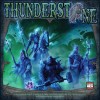




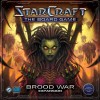




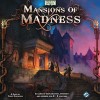









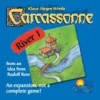




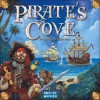
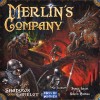
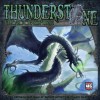




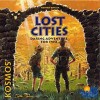



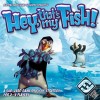


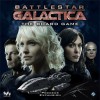





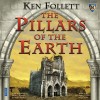


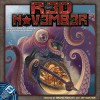
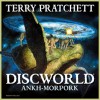

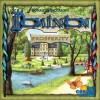


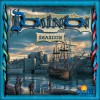


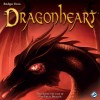





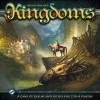






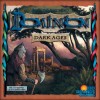



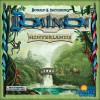







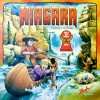

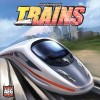


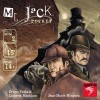




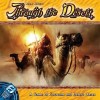


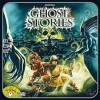
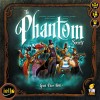

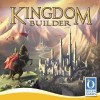
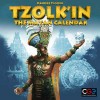
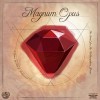
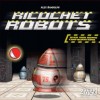


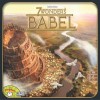



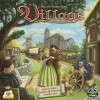




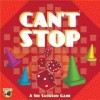







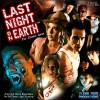

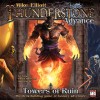


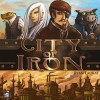



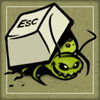

Magnum Opus
I backed Magnum Opus kickstarter campaign and waited eagerly for a year to receive the actual game. The components seemed nice, and the videos explaining the concept seemed nice as well.
Now I’ve finally had the chance to try it out, and I’m not disappointed. The game is a deckbuilder, and for those of youy who may be unfamiliar with the concept you start with a small deck of cards. When it is your turn you draw a hand of cards from that deck, and as the game progresses you try to get your hands on better cards to add to your deck, making it possible to perform cooler actions.
The goal of this game is to create the philosophers stone. First player to do that wins the game, there are no points or scoring tracks. All you have to do is to make a succesful experiment with the three correct ingredients. Unfortunately you do not know which ingredients are the correct ones when the game starts.
The main focus in this game is a matrix of 4 x 4 spots, each matching a specific combination of reagents (four green located on the x-axis and 4 blue on the y-axis). You collect ingredients and when you have one green and one blue they will point to a specific place in the matrix. In that place is a card dictating the effect of your experiment (for instance allowing you to grab special cards or some annoying ones that turn your gold into lead…). Each reagent card have a difficulty number, and by adding your two numbers together you see how hard it is to succeed with the experiment (you must roll at least that number on a 8-sided die).
Before anyone have tried a specific combination for the first time noone knows what will happen (the effect card is face down). The first player to succesfully perform a specific experiment also gain a research card as a bonus. Those are more powerful cards that you want to have in your deck. If you fail your experiment you gain a xp-token that can be spent later to modify a result. It’s a good idea to gather a few of those before trying the final transmutaion of the philosopher’s stone, since it contains three reagents instead of just two it’s more difficult to achieve.
Three of the spots in the matrix also gives you Magnum Opus clues, revealing one of the three ingredients needed to win the game (in secret, only the player succeding such an experiment will get the clue).
So, when it is your turn you first have the chance to play one or two cards to grant you money or draw more cards from the deck. Unlike for instance Dominion this is capped to two actions, and during normal circumstances you will not be able to play more such cards. This is your steady income.
In the next phase you can buy or sell reagents.
Next you can manipulate your working bench where all the experiments take place (the table in front of you). You can store reagents on the table between turns, and this is where you can add, remove or swap reagents to the table.
After this you may perform an action, for instance try to perform the experiment with the cards on your table. If you have enough money you can also pay an assistant to perform an experiment to another place in the matrix allready discovered to benefit from the effect from it.
Finally the rules tells you to pause and consider. 😉
The effects of the experiments are randomized, so the game will offer sligthly different options each game. Each turn goes fast, and obviously luck is a factor, though not as big as in Dominion, since you can save cards on your table to assure that you have the right combination of reagents when needed.
Like almost all deckbuilders the interactions between players are minimal, so if that puts you down you may not like it. I have no problems with that and found this game took a refreshing new angle on the deckbuilding mechanics.